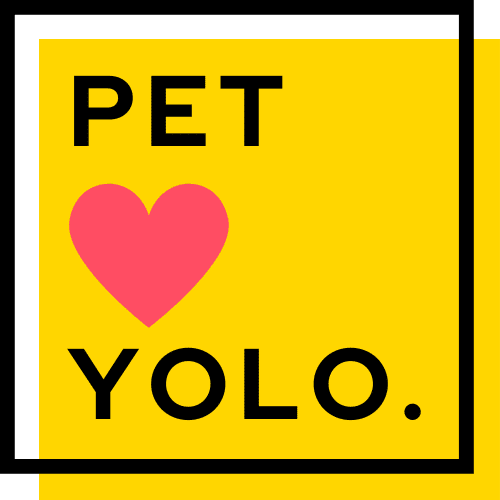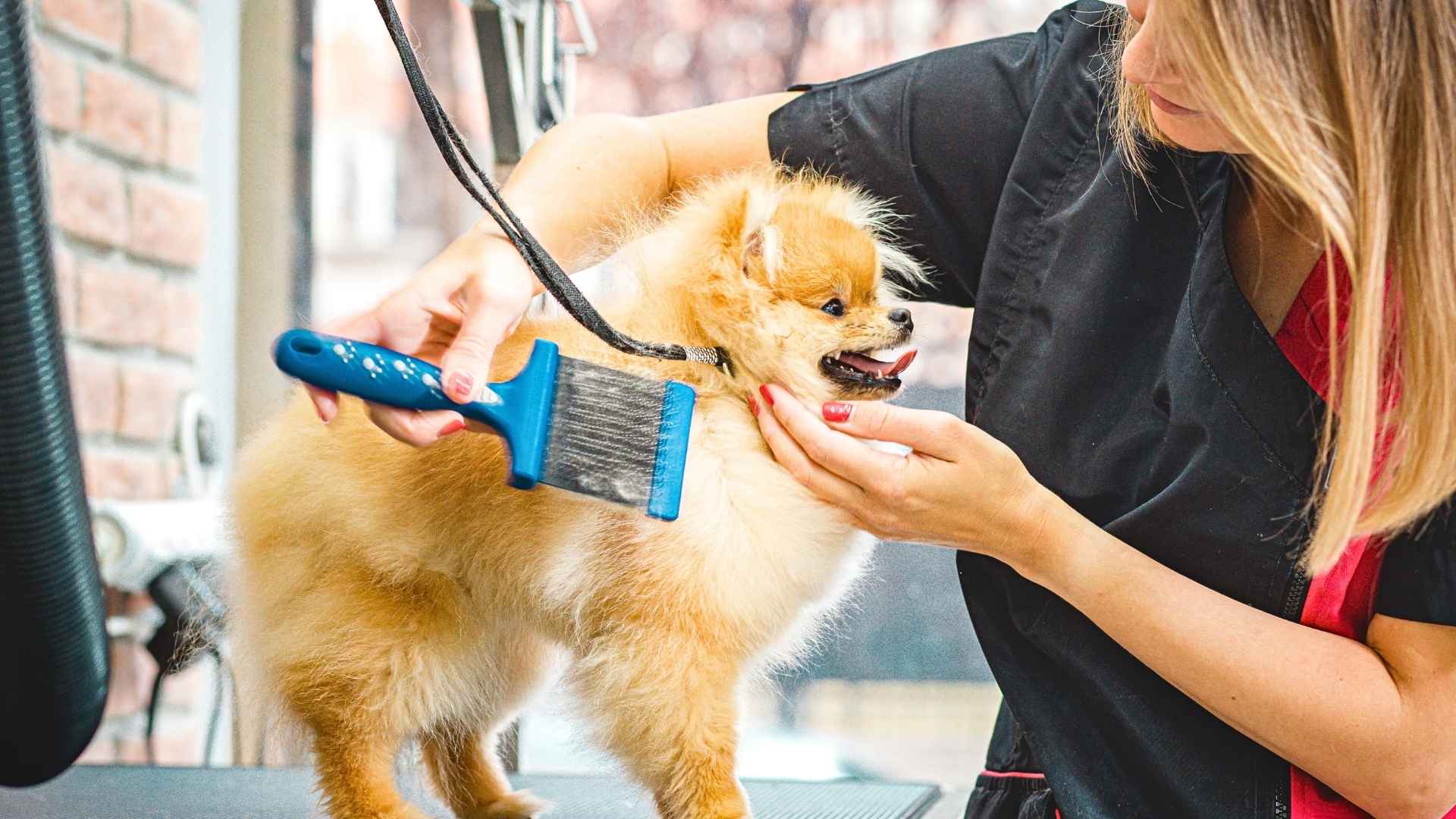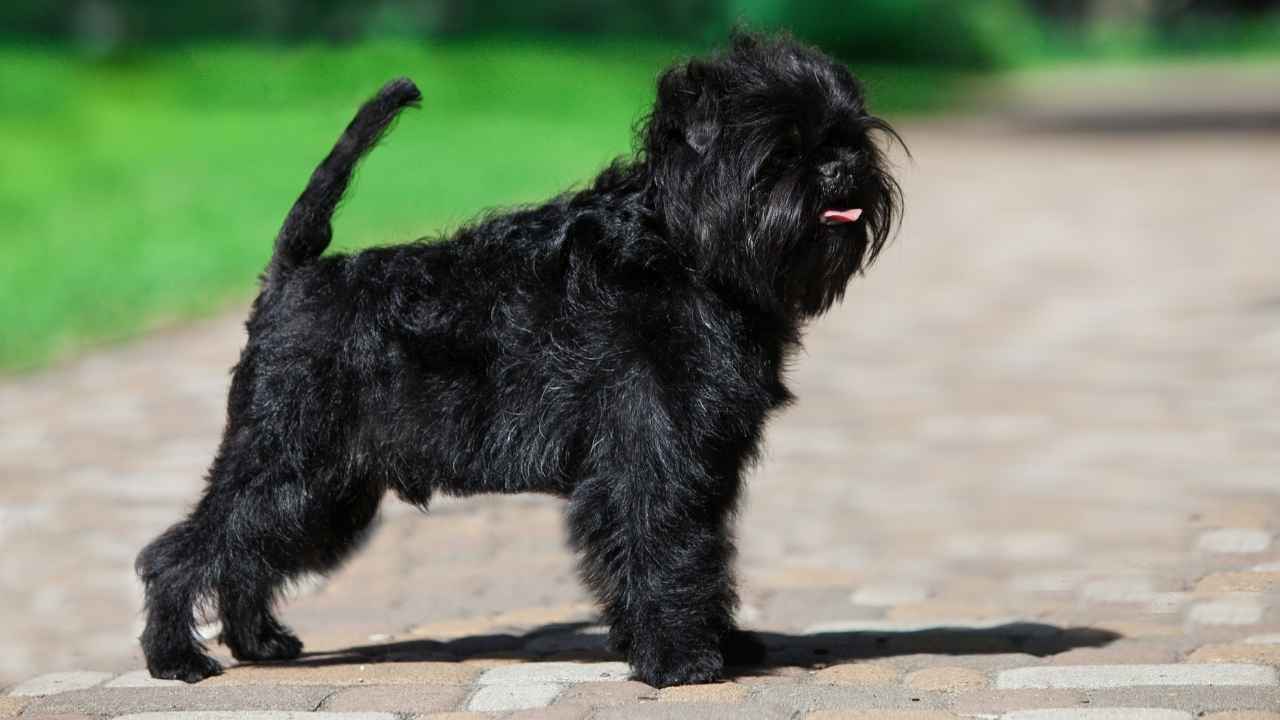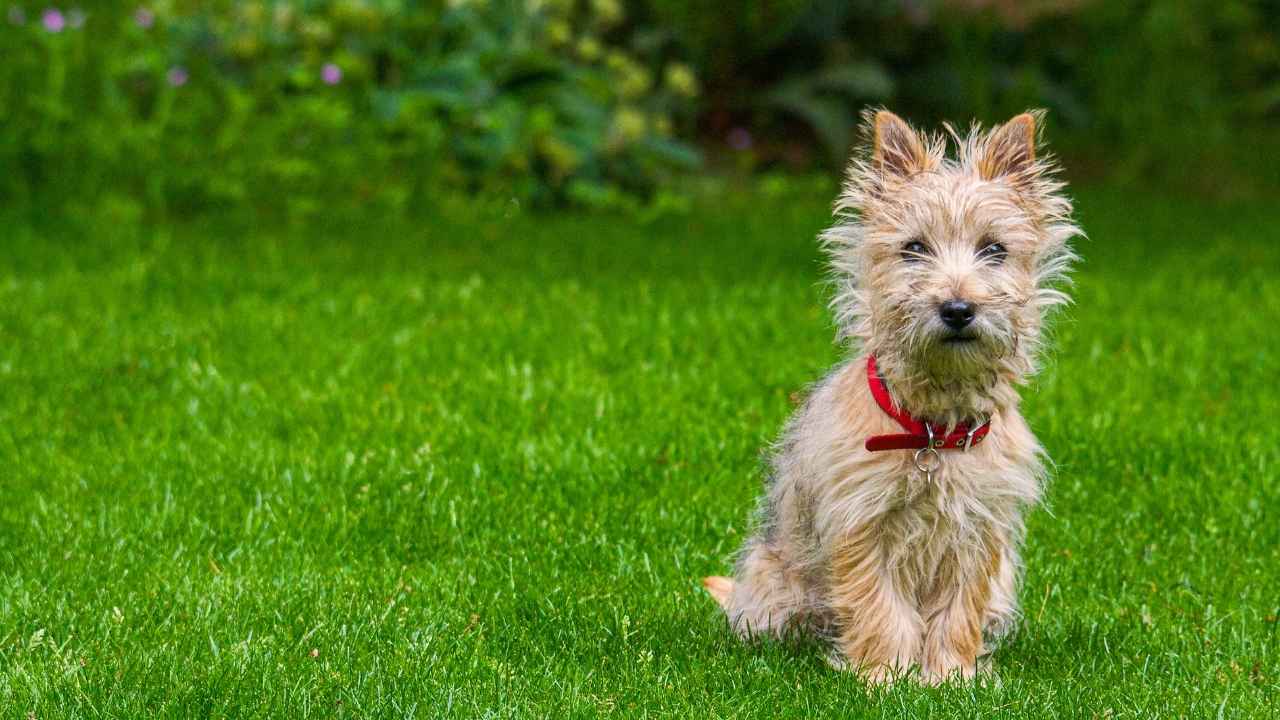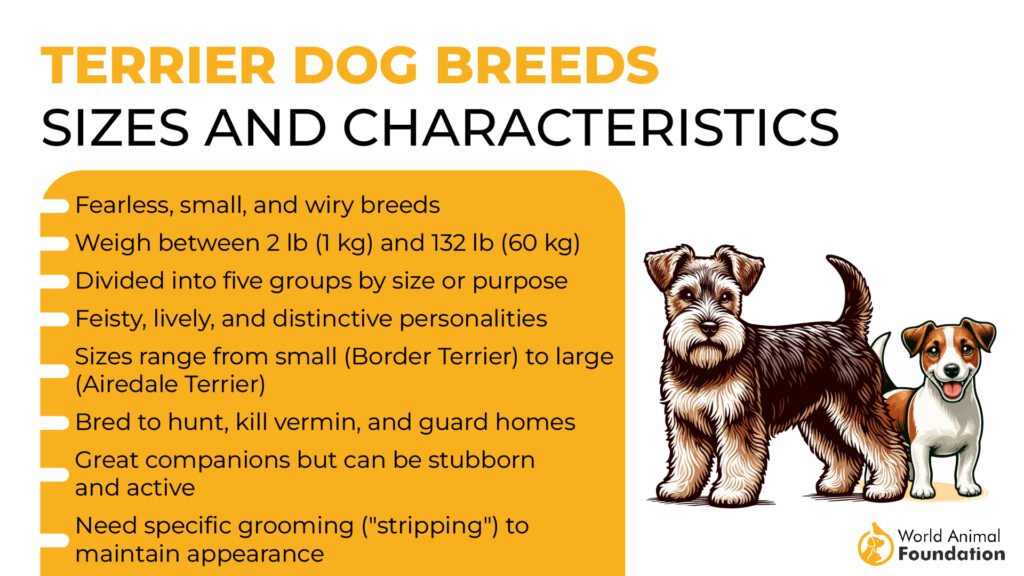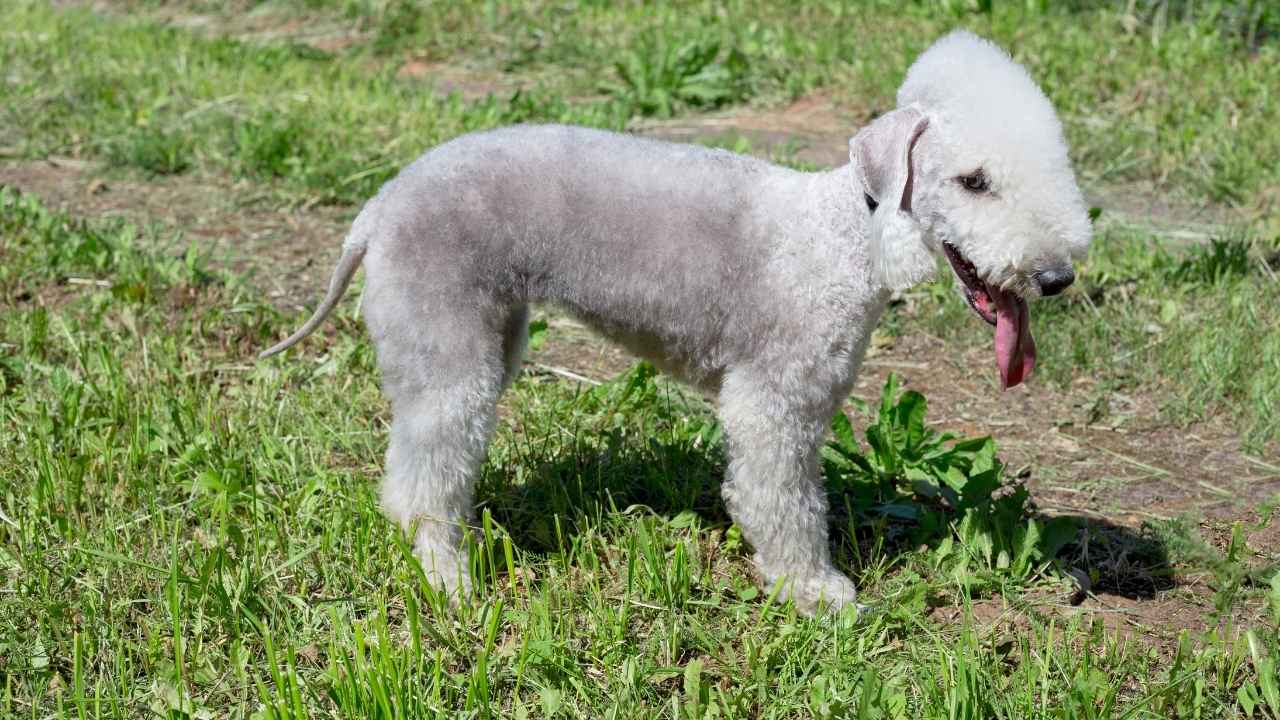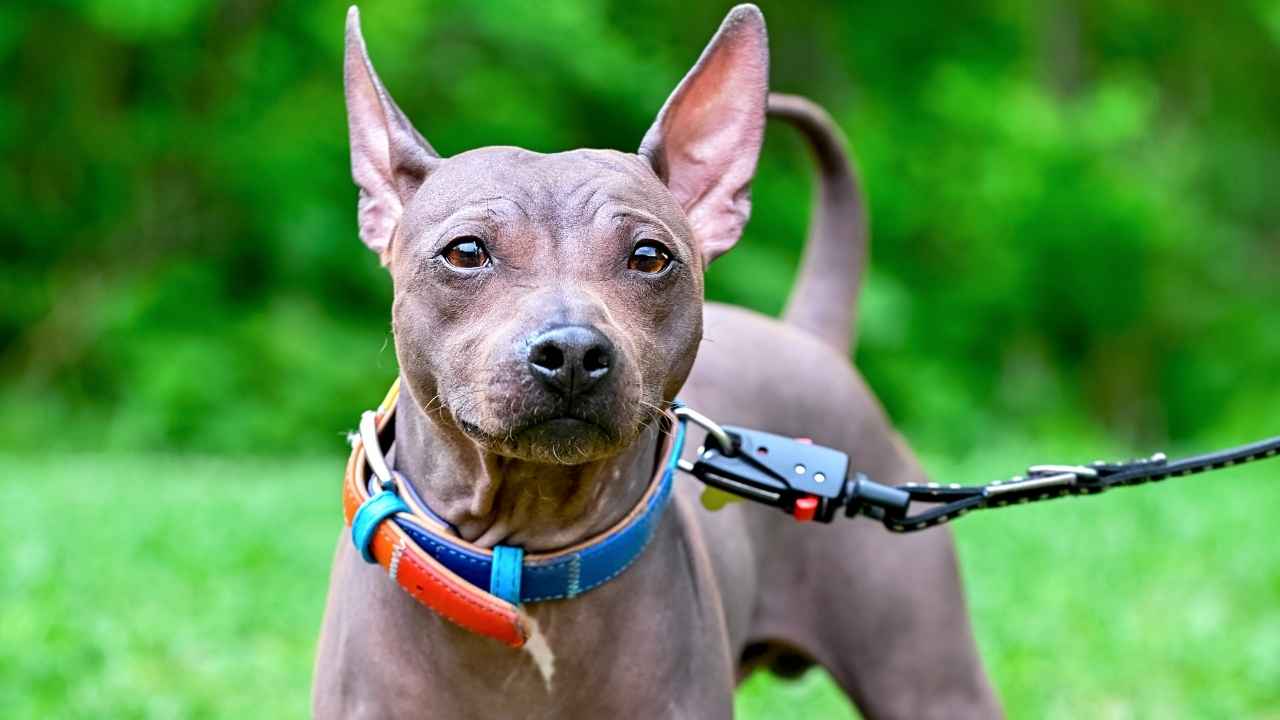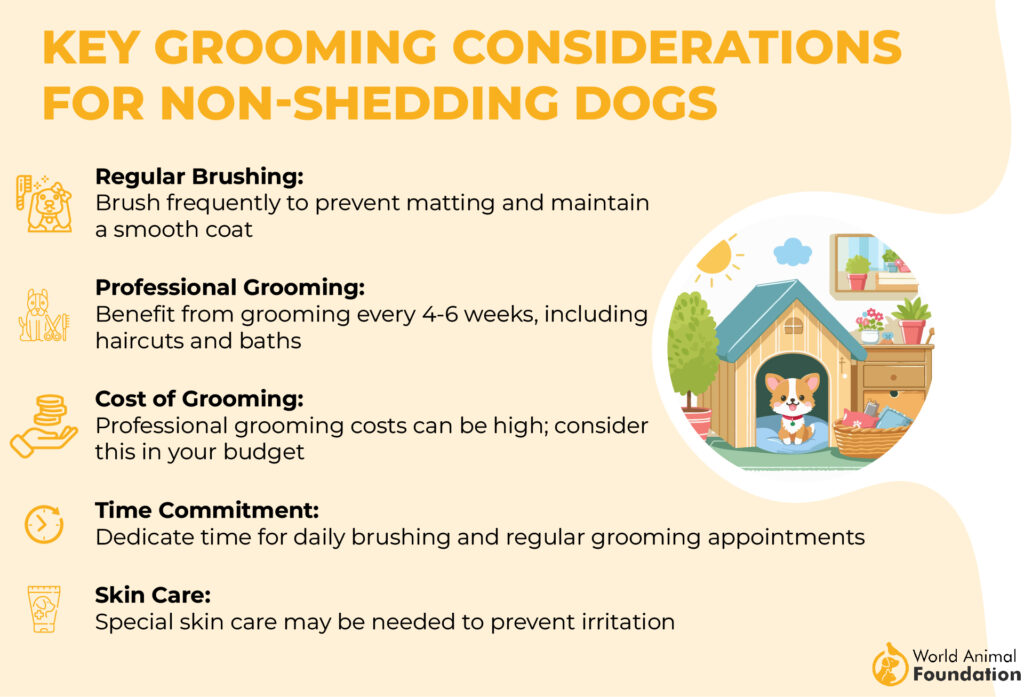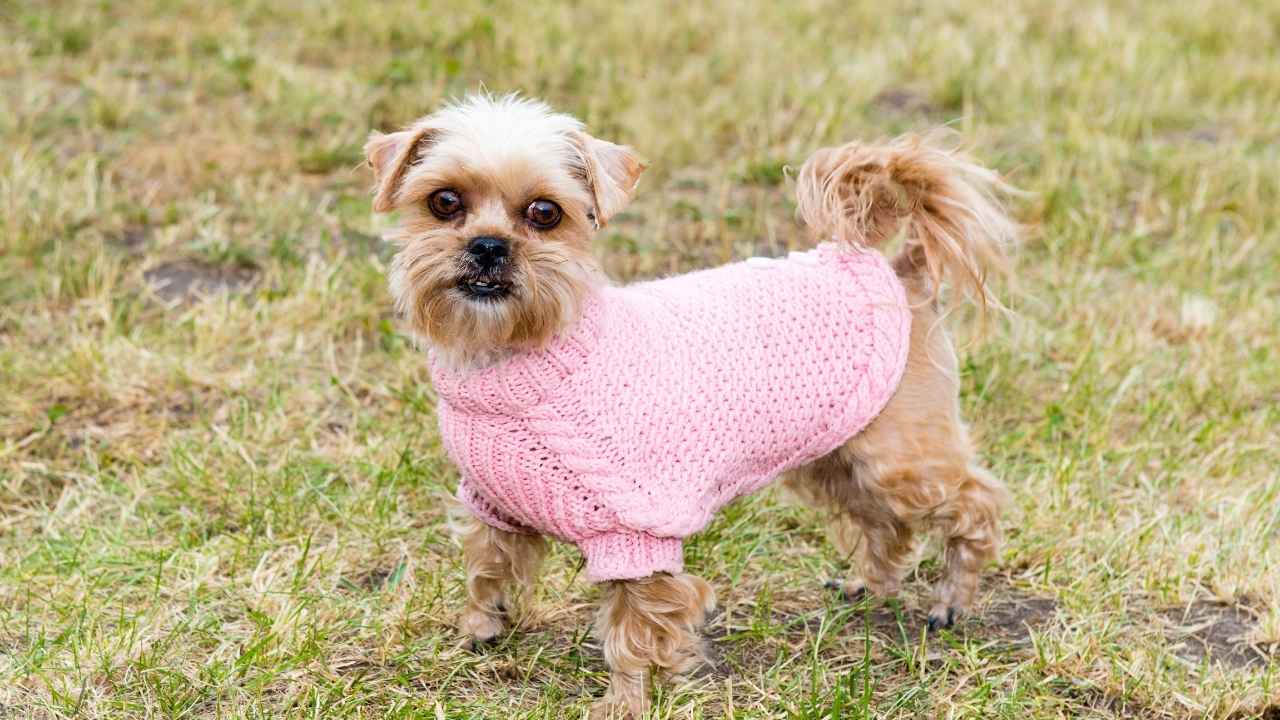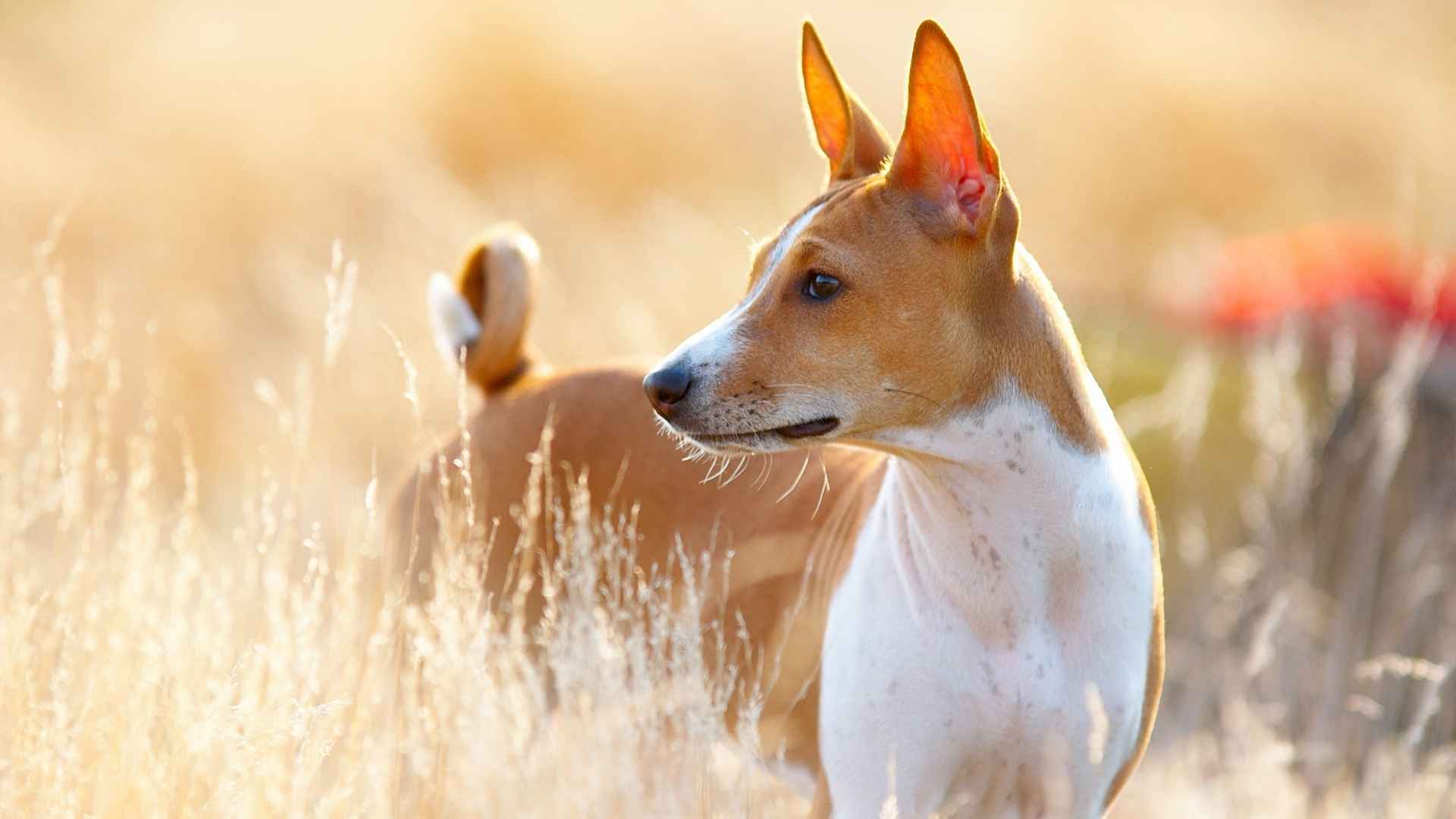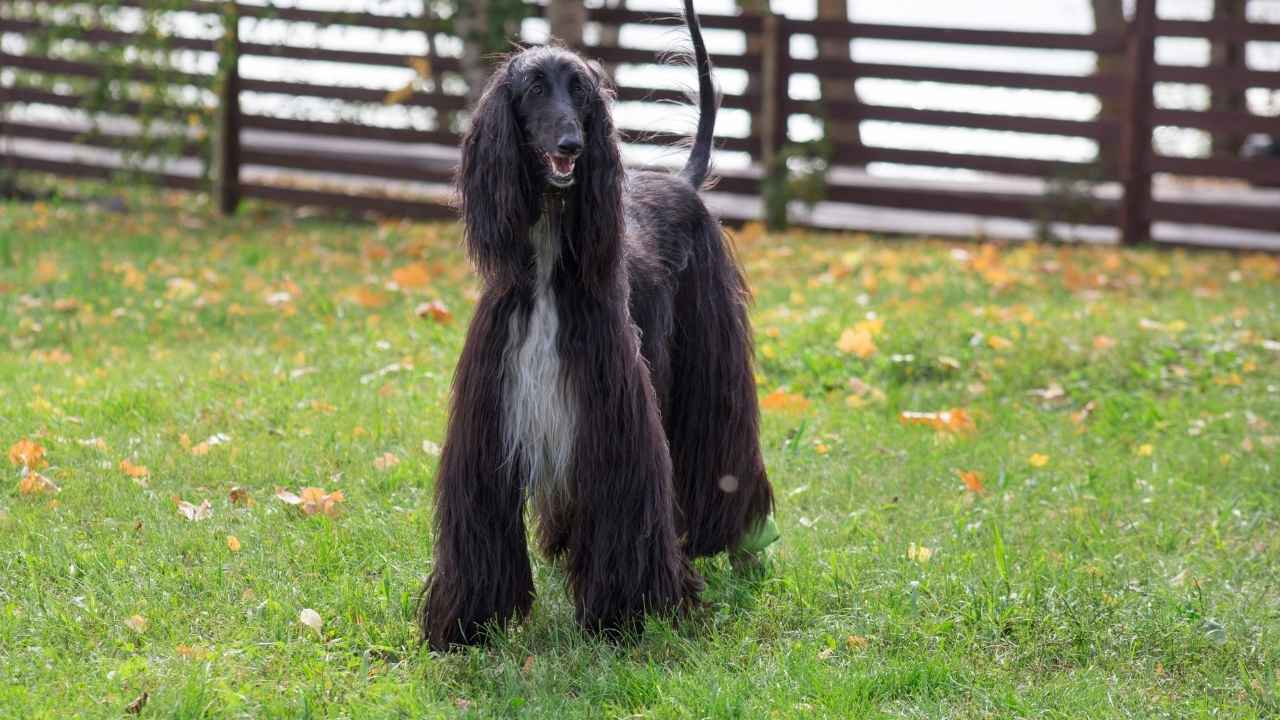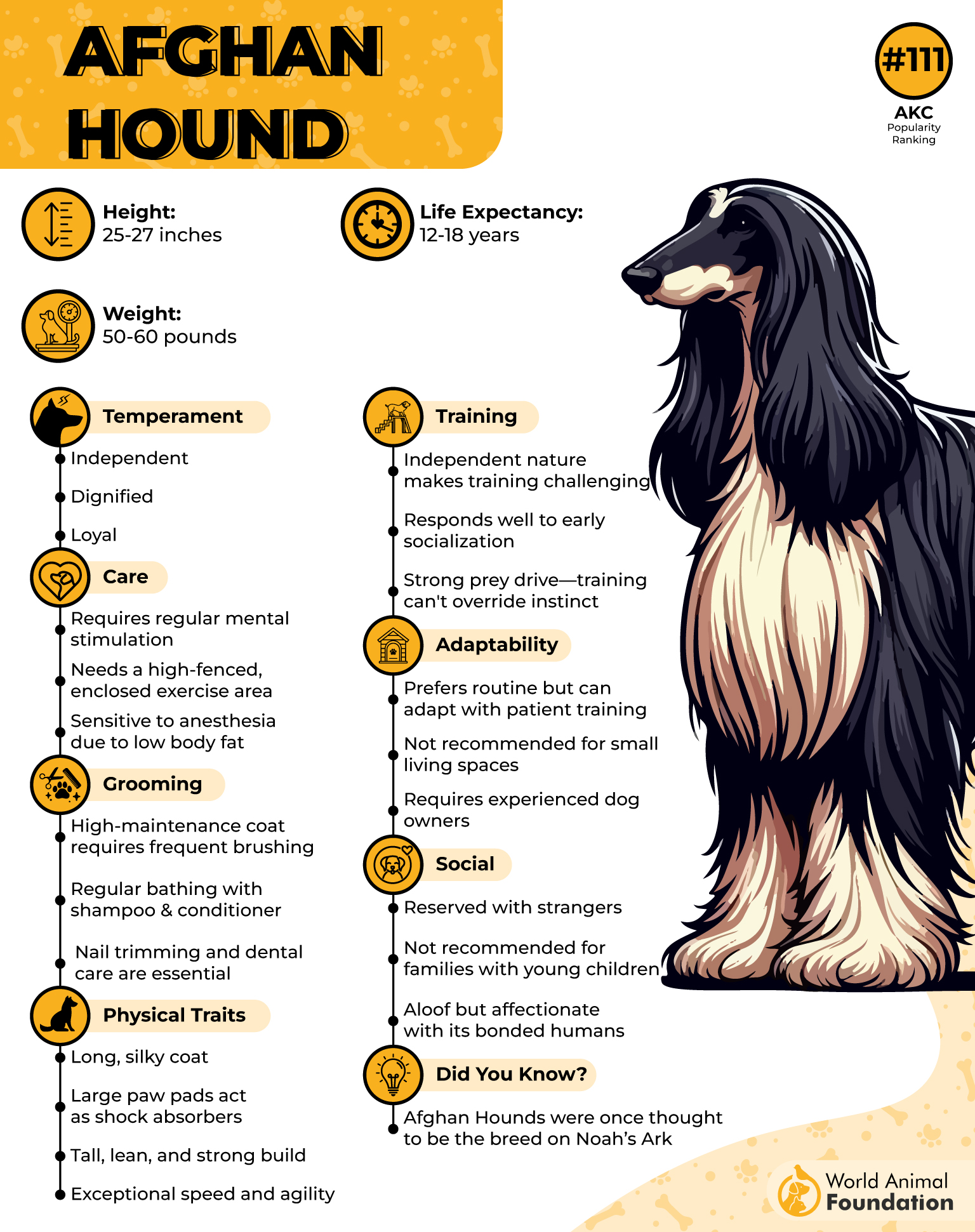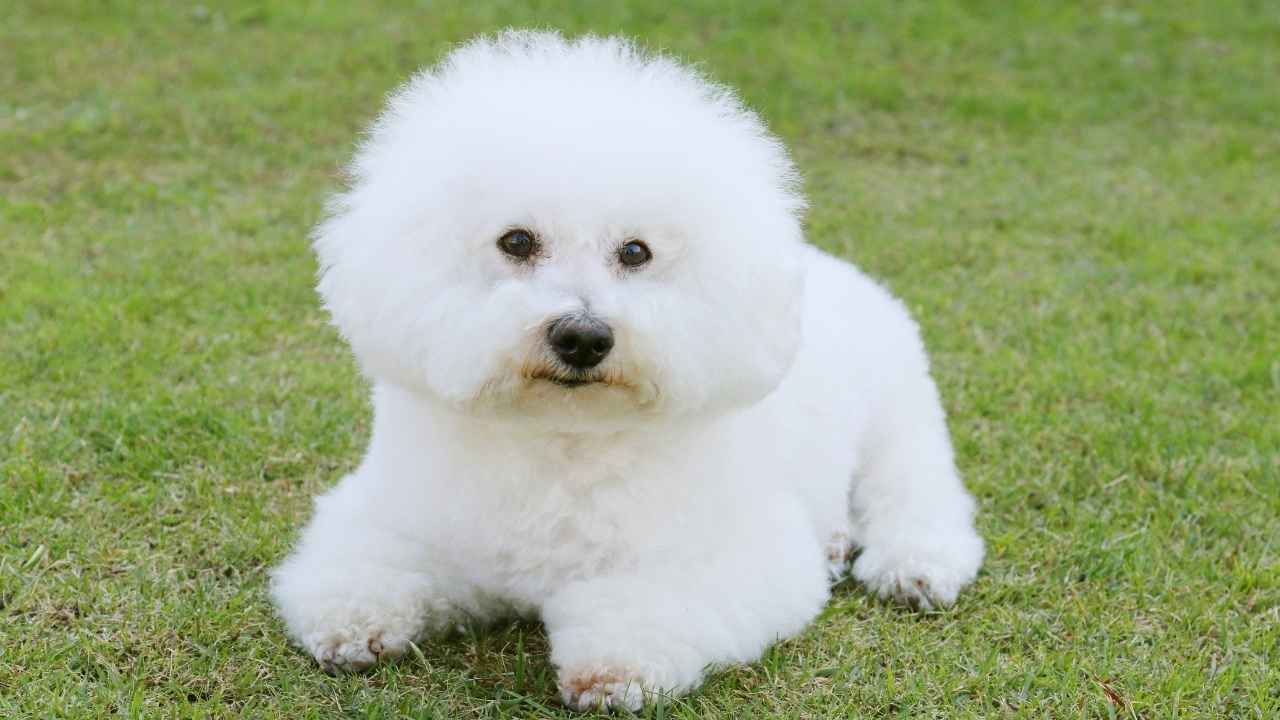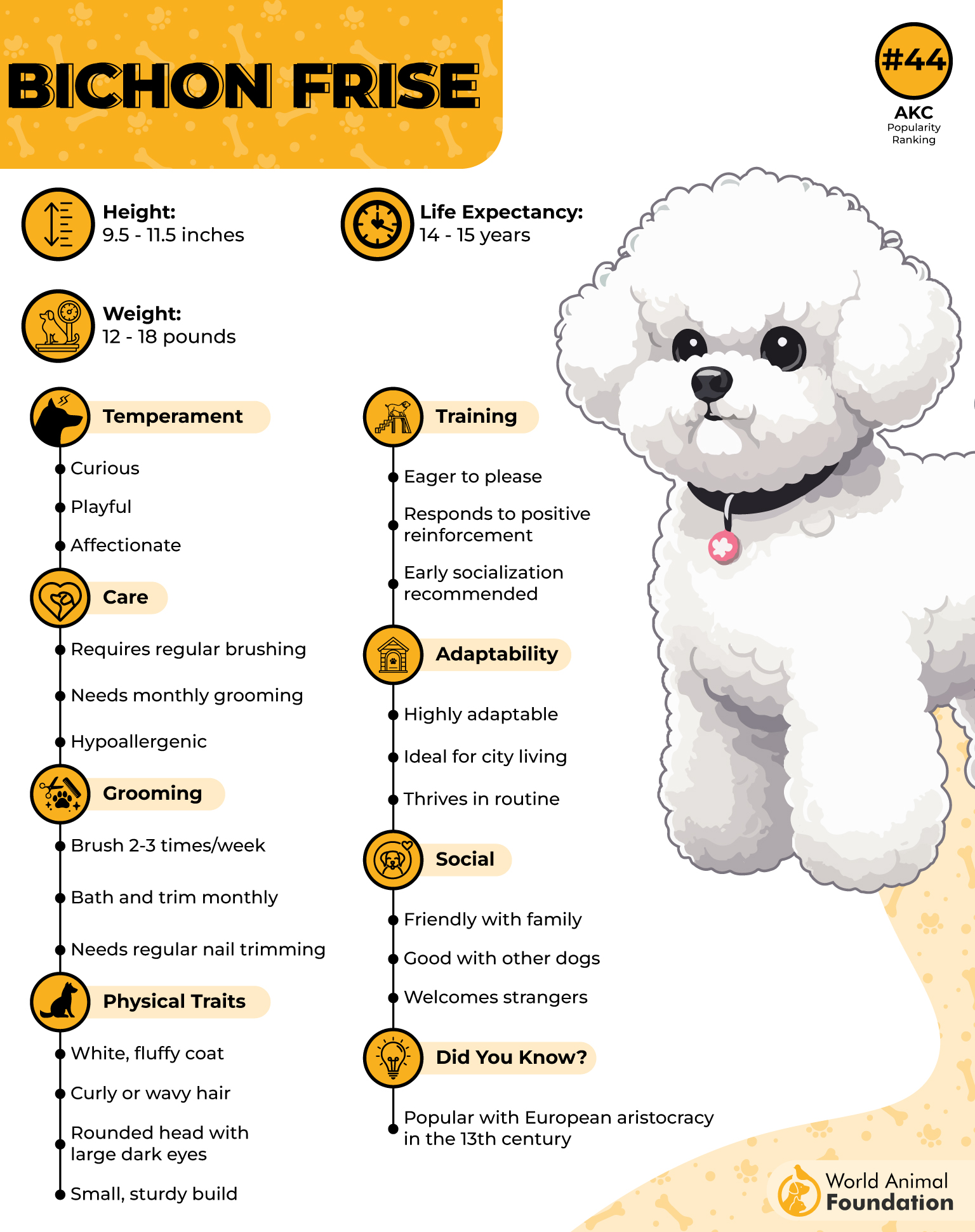For many dog lovers, the joy of a furry companion can be dampened by allergies and the constant battle against pet hair. However, selecting the right breed can make all the difference. Discovering dog breeds that shed the least can be a game-changer, offering allergy sufferers a glimpse into a life shared with a loyal, low-maintenance friend. From the elegant Poodle to the ever-charming Bichon Frise, this guide delves into nine breeds that not only keep shedding to a minimum but also bring endless joy and companionship to any home. Embrace a cleaner, sneeze-free lifestyle with these hypoallergenic canine companions.
Dog lovers who suffer from allergies or dislike constant shedding often seek breeds that don’t leave fur everywhere. While most dogs shed to some extent, some breeds have low-shedding coats, making them more suitable for allergy sufferers and those who prefer minimal grooming.
These hypoallergenic breeds still require regular brushing and maintenance, but they produce less loose hair, reducing allergic reactions and the need for constant cleaning.
If you’re looking for a companion dog that won’t fill your home with fur, consider these 9 low-shedding dog breeds. These breeds vary in size, coat type, and temperament, offering options for every pet parent’s lifestyle.
9 Low-Shedding Dog Breeds for Allergy Sufferers and Busy Pet Parents
1. Barbet
The Barbet originated in France and was historically bred as a water retriever. This dog breed was highly valued for its ability to retrieve waterfowl and navigate through marshlands efficiently. Over time, the Barbet became a companion dog known for its friendly and intelligent nature.
This breed is best suited for active families and individuals who can provide regular exercise and mental stimulation.
Shedding Traits & Grooming Tips
The Barbet has a dense, curly coat that sheds minimally. Its tight curls trap loose hair, preventing excessive shedding, making it an excellent choice for allergy sufferers.
Grooming the Barbet requires regular brushing with a soft bristle brush to prevent matting. Occasional trimming helps maintain the coat’s shape, and routine ear cleaning is necessary due to the breed’s love for water.
2. Affenpinscher
The Affenpinscher originated in Germany and was initially bred to hunt rats in kitchens, barns, and stables. This small dog breed later became a favored buddy pet due to its lively and fearless personality. Due to its small size and independent nature, it is an excellent choice for busy individuals and apartment dwellers.
Shedding Traits & Grooming Tips
According to AKC, Affenpinschers have a wiry, dense coat that sheds minimally. Unlike other shedding dog breeds, their coat helps trap loose hair, making them an ideal choice for allergy sufferers.
Regular brushing is necessary to keep their coat free from tangles. A weekly brushing session with a soft bristle brush will help maintain their hypoallergenic coat. Occasional hand-stripping may also be needed to remove dead hair and keep the coat looking neat.
3. Cairn Terrier
The Cairn Terrier is one of the oldest terrier breeds, originating in Scotland. It was originally bred to hunt vermin in rocky terrains and became well-known for its fearless and energetic nature. This breed is ideal for active individuals and families who can provide plenty of playtime and exercise.
Shedding Traits & Grooming Tips
According to Britannica, this breed has a rough, wiry coat that seldom tangles or mat but can resemble tumbleweeds if not groomed. the Cairn Terrier’s coat sheds minimally and helps prevent loose hair from spreading around the home.
To maintain its coat, regular brushing with a soft bristle brush is recommended. Hand-stripping, rather than clipping, helps preserve the texture of the coat. Routine grooming sessions keep the coat clean and healthy.
4. Bedlington Terrier
The Bedlington Terrier originated in England and was initially bred for hunting and racing. It later became a beloved companion pet due to its affectionate and friendly temperament. This low-shedding dog breed is great for families, as well as individuals looking for an energetic but manageable pet.
Shedding Traits & Grooming Tips
According to Purina, the Bedlington Terrier has a soft, curly coat that sheds very little. Its coat resembles that of the Soft Coated Wheaten Terrier, making it a good option for allergy sufferers.
Grooming requires frequent brushing to prevent matting. Regular trimming is necessary to maintain the breed’s lamb-like appearance. Bathing should be done occasionally to keep the coat clean and free of dirt.
5. American Hairless Terrier
The American Hairless Terrier originated in the United States and was developed as a hairless breed from the Rat Terrier. This breed was created to be a hypoallergenic dog, making it an excellent choice for allergy sufferers. They are a lively, intelligent, and friendly breed, and their small size makes them great apartment dogs.
Shedding Traits & Grooming Tips
According to PetMD, since this breed has little to no hair (aside from eyebrows and whiskers found on some pups), shedding is virtually nonexistent. This makes it one of the best non-shedding dog breeds available today.
Minimal grooming is required, but regular baths help maintain the dog’s skin health. Due to the lack of fur, the American Hairless Terrier may need sun protection or clothing in colder climates to protect its sensitive skin. It’s important to keep their skin moisturized, protected from hazards, and clean.
6. Brussels Griffon
The Brussels Griffon hails from Belgium and was originally bred as a rat catcher in stables. Over time, this small breed became a favorite lap dog among European nobility. It is best suited for those who enjoy a close bond with their pet, as Brussels Griffons are highly affectionate and thrive on companionship.
Shedding Traits & Grooming Tips
Brussels Griffons have two coat types—smooth and rough. Both types shed minimally, making them a good choice for those looking for low-shedding dog breeds.
To maintain their coat, regular brushing is required. A soft bristle brush works well for smooth-coated Griffons, while rough-coated Griffons benefit from occasional hand-stripping to remove dead hair and maintain coat texture.
7. Basenji
The Basenji is an ancient breed that originated in Central Africa. It was bred as a hunting dog due to its keen sight and speed. This breed is ideal for active individuals who enjoy training and exercising with their dogs.
Shedding Traits & Grooming Tips
Basenjis have a short, smooth coat that sheds minimally. Unlike shedding dog breeds, they groom themselves like cats, keeping their coats naturally clean.
Minimal grooming is required for the Basenji. Weekly brushing helps remove any dead hair, and occasional baths keep their short coat looking fresh.
8. Afghan Hound
The Afghan Hound has a long and rich history, originating in the mountains of Afghanistan. This breed was primarily used for hunting large game, thanks to its speed and keen eyesight. It is best suited for experienced dog owners who can commit to its high grooming needs.
Shedding Traits & Grooming Tips
Despite its long, flowing coat, the Afghan Hound is considered a low-shedding breed. The fine, silky hair does not shed excessively, but it does require consistent grooming to avoid matting.
Grooming an Afghan Hound involves frequent brushing to prevent tangles. A wide-toothed comb is recommended to maintain the coat’s silky texture. Bathing should be done regularly to keep the coat clean and free of debris.
9. Bichon Frise
The Bichon Frise is believed to have originated in the Mediterranean region and was favored by European royalty. This breed is perfect for families, as well as individuals looking for an affectionate and cheerful companion.
Shedding Traits & Grooming Tips
The Bichon Frise has a curly, hypoallergenic coat that sheds minimally. Its coat helps trap loose hair, making it an excellent choice for allergy sufferers.
Regular grooming is essential for maintaining the Bichon Frise’s coat. Daily brushing prevents matting, and professional grooming is recommended every few months to keep the coat trimmed and tidy.
Conclusion
When choosing a dog breed, considering shedding levels and grooming needs is essential. Low-shedding breeds, such as the Barbet, Affenpinscher, and Bichon Frise, require regular brushing but produce minimal loose hair, making them ideal for allergy sufferers and those who prefer a cleaner home. These breeds often have hypoallergenic coats that trap loose fur, reducing allergic reactions and the need for frequent cleaning.
In contrast, high-shedding breeds, such as the Golden Retriever, Siberian Husky, and German Shepherd, shed heavily throughout the year. Their thick double coats require frequent brushing, de-shedding tools, and even professional grooming to manage loose hair and prevent matting. Pet parents of high-shedding dogs must be prepared for daily maintenance and increased vacuuming to keep their homes fur-free.
Additionally, while low-shedding breeds require routine grooming, their coats often need specialized care, such as regular trimming or hand-stripping, to maintain their texture and prevent tangles.
Ultimately, selecting a breed depends on your lifestyle, time commitment, and grooming preferences. If you’re looking for a dog with minimal shedding and manageable grooming needs, a low-shedding breed is the best choice.
When selecting a dog breed suitable for allergy sufferers, it’s essential to consider those that shed minimally. Breeds like the Poodle, Maltese, and Bichon Frise, among others, are often recommended due to their low-shedding and hypoallergenic traits, which can significantly reduce allergens in the home. These breeds offer the joy of companionship without the additional burden of excessive dander and hair. While no dog is entirely allergy-free, choosing one of these low-shedding breeds can provide a more manageable environment for those sensitive to pet allergens, allowing for a harmonious coexistence between pet and owner.
